Hyperthyroidism is an overactive thyroid gland. This condition occurs exclusively in cats. The thyroid is an organ in the neck. It consists of 2 halves that sit on the left and right of the trachea. Normally, the vet cannot feel the healthy thyroid.
The main job of the thyroid is to produce the hormone T4 (thyroxine), which regulates metabolism. Metabolic rate also determines the rate of nutrient and energy consumption.
What causes an overactive thyroid?
Benign enlargement of the thyroid gland is present in about 98% of cases of hyperthyroidism. Enlargement of the thyroid is a tumor (neoplasia). We call this benign because the tumor does not metastasize and is not aggressive to surrounding tissue. In the remaining 2% of cases, it is a malignant tumor.
In about 70% of cases of hyperthyroidism, both halves are affected. This disease occurs mostly in older cats, usually aged 8 years or older.
What are the symptoms?
Due to the enlargement of the thyroid gland, it can work harder. There is an excess of T4, which speeds up metabolism. Your cat's body then needs more energy and nutrients. As a result, your cat will be very hungry and will want to eat a lot, which may even lead to him eating non-food items (pica). Such as stones or wood. Despite this enormous urge to eat, your cat will lose weight. He/she is getting thinner. What is also often noticed is an unkempt coat and a lot of drinking and urinating.
You can also see other problems due to the metabolism being too fast; Hyperactivity, restlessness/restlessness, frequent bowel movements, a lot of meowing, sleeping in strange places (often colder places) and vomiting from eating too quickly.
There is also an apathetic form where you notice less appetite, your cat slows down and has trouble walking (muscle weakness).
How is the diagnosis made?
The vet will get a suspicion if you tell them about your cat's behavior. In combination with age, this often raises suspicions. In many cases, the vet will also notice a rapid heartbeat and an enlarged thyroid gland. If the thyroid is too large, you can feel it through the skin on the back of your neck.
The real proof comes with a blood test. Some practices can do this in-house, but in many cases the blood has to be shipped.
In addition, there is the possibility of a scintigraphy. This enables good imaging of the active tissue. The great advantage of this is that you can determine whether it is only the thyroid gland in the neck or whether thyroid tissue is possibly growing in a foreign location. The latter is especially important to know if you decide to undergo surgical treatment.
What is the treatment?
There are several ways to treat hyperthyroidism;
Surgery for hyperthyroidism
This is particularly useful if the thyroid is enlarged on one side. If both are enlarged, that's still an option, but you'll still need to take medication after surgery. If active tissue is present in foreign locations (e.g. in the thoracic cavity), this therapy is usually not recommended. The surgery itself is not major or invasive and in some cases the surgery results in all issues being resolved immediately.
Radioactive iodine
This is a special treatment. The radioactive iodine is given to your cat through a blood vessel and is then only taken up by overactive thyroid tissue. It then destroys that tissue without destroying healthy thyroid tissue. This therapy is effective in 95% of cases. The great advantage is that all overactive tissue is attacked, even the part that is in a foreign location. No anesthesia is required and there is no risk of damaging healthy tissue. The big disadvantage is that not all clinics offer this therapy and your cat has to be hospitalized. This treatment is also quite expensive. However, when you compare this to lifelong therapy, it's not so bad.
Medical
The overproduction of T4 can be inhibited very well with medication. You should give your cat these medications for life. This must be done daily. After the diagnosis, a certain dosage of the pills is started. A blood test should be carried out after a few weeks to determine whether the dose is high enough. Everyone notices a difference in these 3-4 weeks. You often already know whether the dose is high enough because not all symptoms have disappeared. However, you should never simply increase the dose yourself, it is life-threatening! A check of the value is always necessary. Most people have no problem giving their cat one pill a day. However, if medication is very difficult for a cat, it may make sense to consider alternative therapy.
Feed against hyperthyroidism
Another option is diet food. This is a food that should also be given for the rest of life. Unfortunately, the diet does not work optimally for every cat. It is also true that your cat can only eat this particular food. Therefore, your cat is not allowed to eat dry food or get anything else tasty from the neighbors. Even outside, the cat must not catch any prey. The final problem with this approach could be that your cat might not like this food at all. This is hardly a problem at first since your cat is very hungry. However, once thyroid function has returned to normal, your cat may no longer want to eat the food.
All in all, it very much depends on what you want and how your cat reacts to the different treatments. In the case of food or pills, regular blood tests should be used to check whether the therapy is still sufficient.
What happens if hyperthyroidism is not treated?
Due to the high metabolism, the organs “wear out” more quickly. For example, the heart is overloaded by the rapid beat and thickening can occur. This thickening can have serious consequences, such as acute paralysis. High blood pressure develops, which is not good for the kidneys, brain and eyes. Excessive drinking and urination puts strain on the kidneys and increases the risk of kidney failure. Overall, this leads to a rapid deterioration in your cat's health. A thyroid problem is (almost) always treatable and will return your cat as you know it.
Thyroid and kidney failure in cats
Thyroid and kidney problems (often kidney failure) are both ailments of the older cat. Due to the overactive thyroid gland, blood flow to the kidneys increases. This can mask kidney problems and kidney failure. It is common for a cat to respond very well to thyroid treatment, but then develop kidney failure. At this point, you should consult your veterinarian regarding the most appropriate therapy.
This text was translated by a translation machine
 Horse Pharmacy
Horse Pharmacy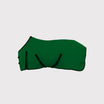 Rugs
Rugs Care
Care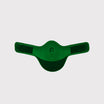 Saddle and Attachments
Saddle and Attachments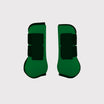 Leg Protection
Leg Protection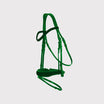 Bridles
Bridles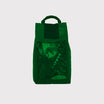 Feed
Feed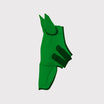 Fly Masks
Fly Masks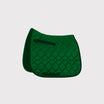 Saddle Pads
Saddle Pads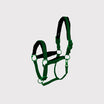 Headcollars and Ropes
Headcollars and Ropes Bits
Bits Other Disciplines
Other Disciplines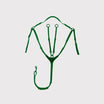 Reins and Auxiliary Reins
Reins and Auxiliary Reins Clipping
Clipping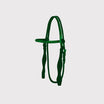 Western
Western Eventing
Eventing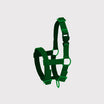 Foals
Foals Reflection
Reflection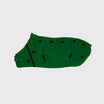 Therapy Products
Therapy Products Boots and Shoes
Boots and Shoes Breeches and Belts
Breeches and Belts Tops
Tops Safety
Safety Competition
Competition Heated Clothing
Heated Clothing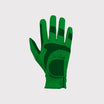 Gloves
Gloves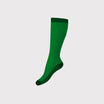 Socks
Socks Spurs and Attachments
Spurs and Attachments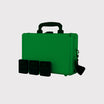 Technology
Technology Whips
Whips Gifts
Gifts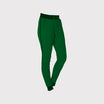 Casual Wear
Casual Wear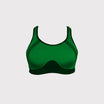 Underwear
Underwear Rider Pharmacy
Rider Pharmacy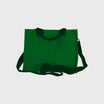 Bags
Bags Books
Books Laundry supplies
Laundry supplies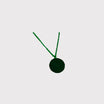 Jewelry
Jewelry Feed and Waterbowls
Feed and Waterbowls Equipment
Equipment Tack Room
Tack Room Pest Control
Pest Control Arena
Arena Horse Toys
Horse Toys Wheelbarrows
Wheelbarrows Yard
Yard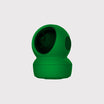 Surveillance
Surveillance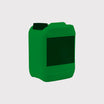 Disinfect
Disinfect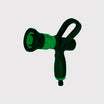 Washing Area
Washing Area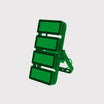 Lighting
Lighting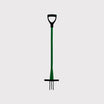 Horse Pasture
Horse Pasture Current Conductors
Current Conductors Pole
Pole Insulators
Insulators Energisers
Energisers Gate Handles
Gate Handles Batteries and Accumulator
Batteries and Accumulator Nets
Nets Grounding
Grounding Tools
Tools Fencing Security
Fencing Security Wolf Defense
Wolf Defense Fencing Sets
Fencing Sets Fence locks
Fence locks Dogs
Dogs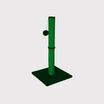 Cats
Cats Rodents
Rodents Dogs Pharmacy
Dogs Pharmacy Cats Pharmacy
Cats Pharmacy Rodents Pharmacy
Rodents Pharmacy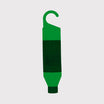 Cattle Pharmacy
Cattle Pharmacy Poultry Pharmacy
Poultry Pharmacy Veterinary Supplies
Veterinary Supplies Cattle
Cattle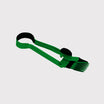 Sheep and Goats
Sheep and Goats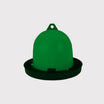 Poultry
Poultry Heat Lamps
Heat Lamps Calves
Calves Marking
Marking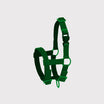 Halters
Halters